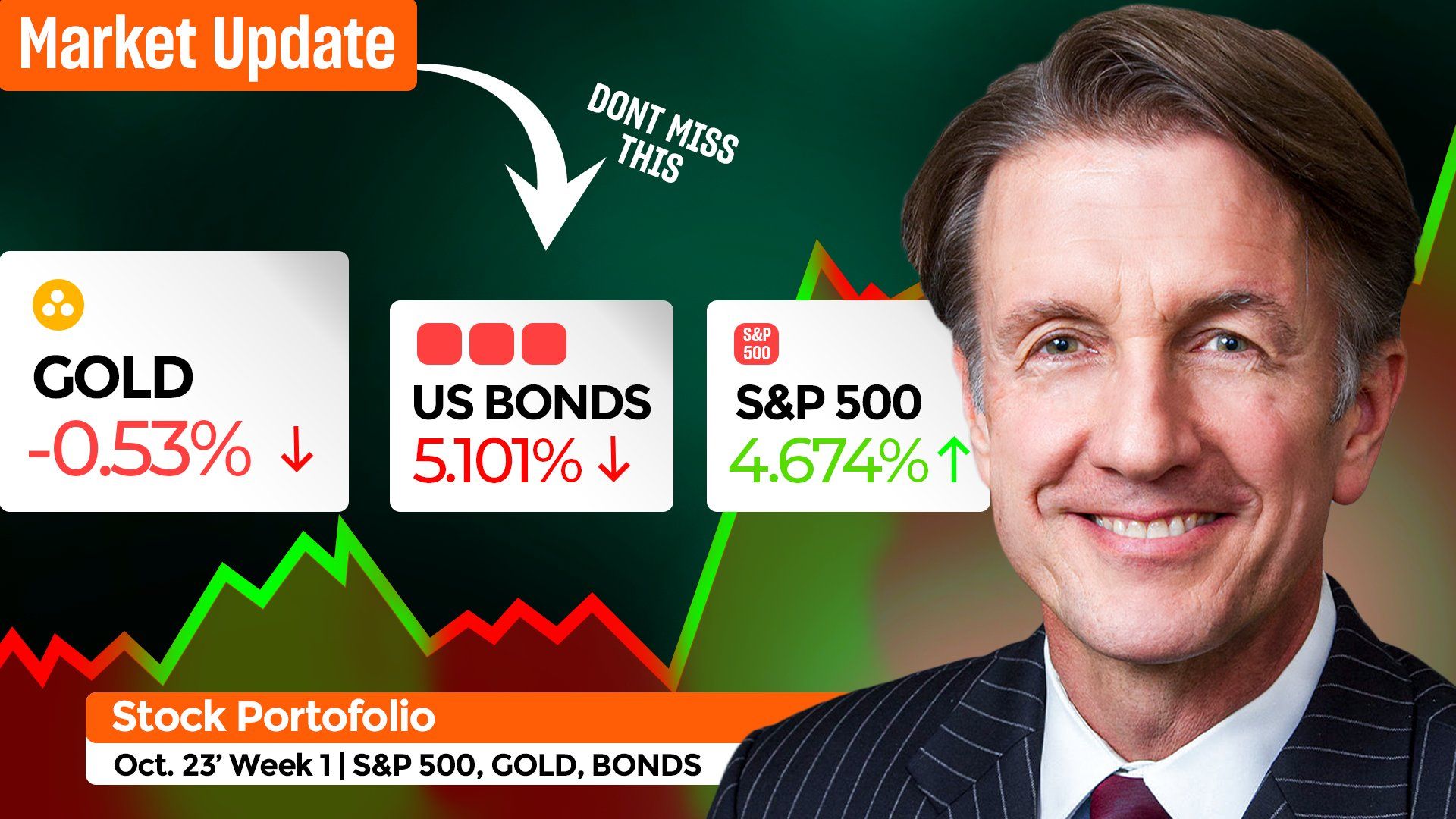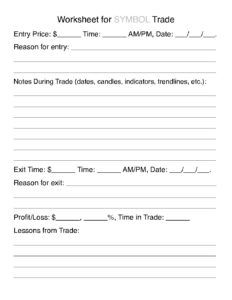
Make Millions in the Market by Learning Recognize & Follow Trends
1. What is the purpose of this book and why was it written? The answer is very simple: to empower you to make money in the stock market and grow fabulously wealthy by learning to accurately follow stock trends.
2. What's the big picture? In order to make money in the stock market, you must, first and foremost, understand and read stock charts. The bottom line is ultra simple: we want to buy low and sell high.
3. You need to ask yourself a question: What do you want? Long-term wealth and/or short-term money. The second goal, short-term money, is probably the hardest on a daily basis, but long-term wealth can be difficult due to the long-term commitment. Whatever you desire, you can achieve it, IF you set up a simple, workable plan and commit yourself to it.
4. The Plan: Daily training, listening to our 10 minute podcast, reading the charts and committing 10 to 15 minutes a day, every market day, to this endeavor. The results will be slow, but they will be amazing and they will come. This is not a get rich quick scheme. It is a get rich plan.
5. We always remember Occam's Razor (the complexity rule). We strive to keep our analysis as simple as possible, but not simpler. We constantly be try to find easier, more sure-fired methods of predicting price movement in the dynamic market place.
6. The charting time frames we use are: long-term (weekly) chart, medium-term (two-day) chart and for the short-term (two/four hour) chart.
7. We use the Heiken-Ashi (“Average-Pace” in Japanese) Candlestick method for charting price movement.
8. We love Trendlines. If we had nothing but price movement and could only choose one tool, we would choose trendlines.
9. The Price Percent Oscillator (PPO) is our king of the indicators. We will explain the history of the indicator, its uses and short-comings. We explain vertical crossovers and how they work.
10. The Derivative Oscillator (DO) is used in conjunction with the PPO. We like to see crossings occur at the same time with the PPO and the DO.
11. The Bollinger Bands help us see the volatility, or lack thereof, in the charts we are tracking.
12. We will use the terms stocks and ETFs (exchange traded funds) interchangeably. Like stocks, ETFs are marketable securities. They can represent an index, a commodity, bonds or a even a basket of assets like an index fund. Unlike mutual funds, ETFs trade like common stocks on a stock exchange. Like stocks, ETFs experience price changes throughout the trading day as they are bought and sold.
13. What is our method? We have two methods of charting. Both techniques are simple, yet effective. We employ the charts to find buying opportunities by looking for large chart reversals and strategic entry and exit points. Our strategy revolves around a simple trend-following formula: We look for changes in our long-term (weekly) chart to parallel prior movement in the medium-term (two-day) chart and for the short-term (two/four hour) chart to give us an entry point so we can jump into the market and ride the long-term trend.
14. Our hopes and dreams for you are wealth, but also empowerment and fun. We encourage experimentation in your charting techniques. There is no wrong way to do things, unless what you are doing does not work. We are results driven. The object is to make money and minimize risk. We hope you will strive to give back by sharing the knowledge, skill and capital you gain with others.




